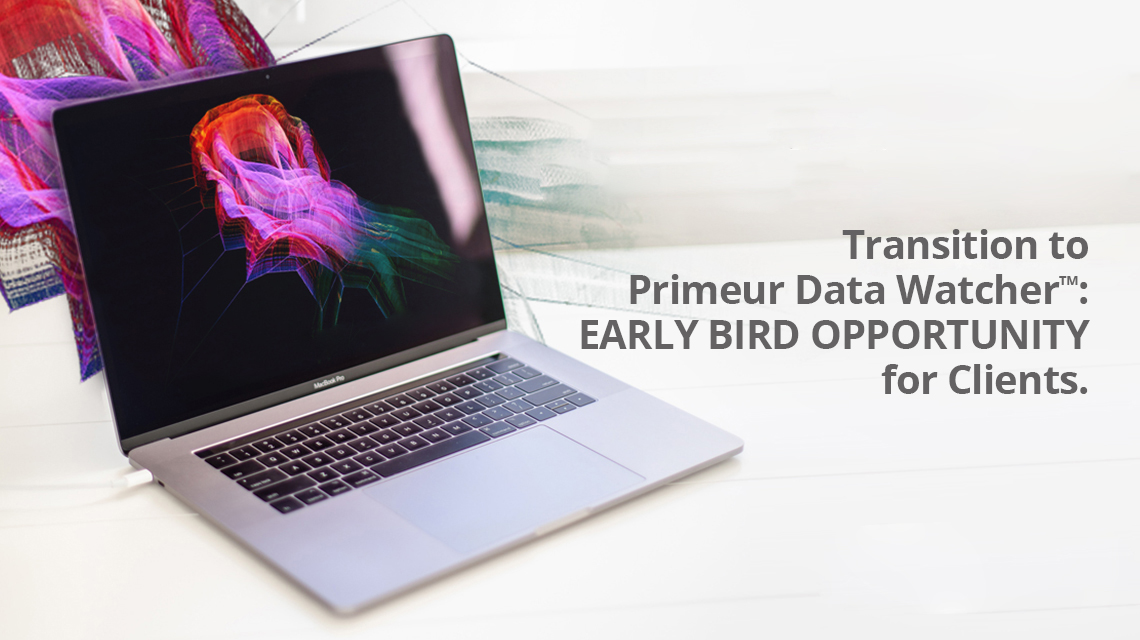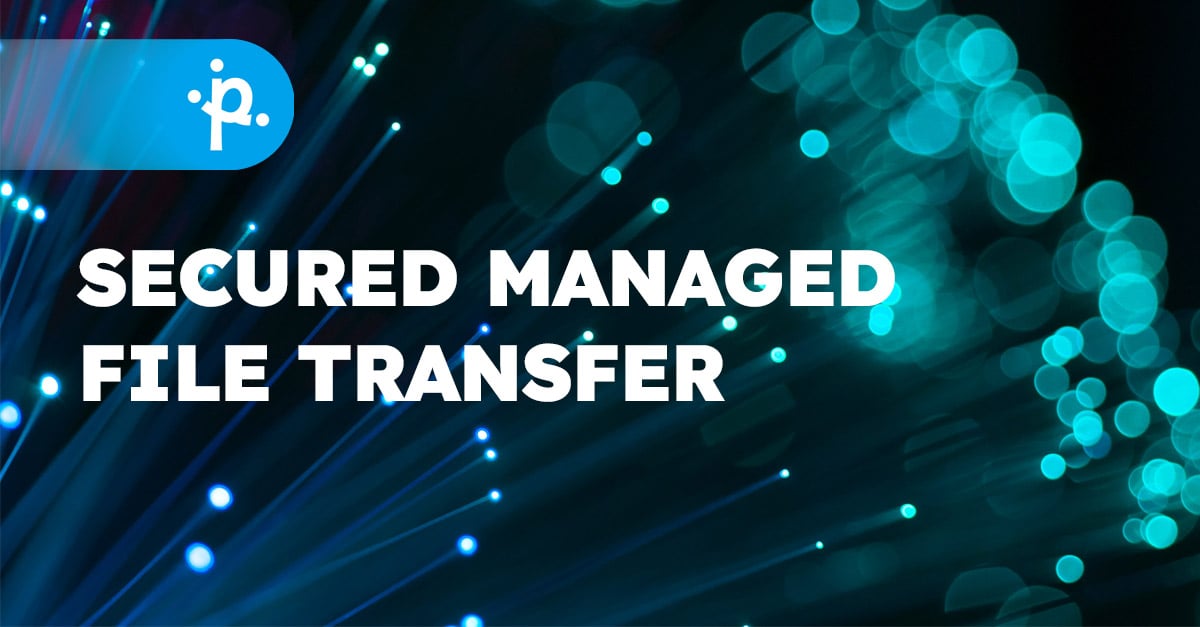
Monitoring the data exchange between applications and partners is a key process in any organization. But traditional monitoring is not enough: only by having an end-to-end, unified view of processes can we be more efficient and reduce financial and reputational risks.
Data Exchange Monitoring matters more than ever
In any organization, monitoring the data exchange between applications and partners is one of the key aspects to control the proper functioning of processes and prevent serious issues.
For example, think of the consequences - both financial and reputational - that two business partners such as a bank and an insurance company may have, if the company does not receive or receives too late a data flow containing requests for transactions to be made on an investment insurance policy. Or to the similar situation that would arise if I did not receive (or send) on time a payment flow to feed the treasury, or reconcile the payment with a service activation.
Often, in the cases described above, the business process consists of several steps:
- data sorting,
- processing (possibly on multiple systems and applications),
- return of the response to the partner.
The processing can be declared successfully completed when all steps have been successfully performed.
But what happens if one of these steps has an error? Besides resorting to people's memory and knowledge, how do we recognize the process impacted by the error and the consequences?
This is where monitoring systems come into play, as an essential way to achieve the best management of processes - particularly business-critical ones - while having their operation under control at all times.
Traditional monitoring isn’t enough
We have just seen that any business process, even the most simple one, consists of several steps that must all be successfully completed.
Traditional monitoring tools are only able to verify a single step, perhaps on one technology at a time: we often need multiple tools to monitor the whole process and the different technologies. Or we need to build an entire project to collect and link all the information and provide this kind of visibility.
Another relevant detail concerns the management of reporting. If during the course of the process a "success" event or an "error" event happens, I'm still having an event: this allows me to trigger an action (such as sending a notification).
But what happens when the event does not occur? What happens, for example, if I don't have an event that notifies me that a file has not been received from the counterpart, and this file is supposed to be received several times a day, every 2 hours? Or what happens if I receive the file (so the process is marked as successfully completed) but the file is empty?
The above mentioned issues can be mitigated to some extent by implementing ad-hoc solutions, which are however generally addressed to IT technicians. But the real solution lies in monitoring systems that are truly business-oriented.
End-to-end visibility with business-oriented monitoring systems
By business-oriented monitoring systems we mean those systems that enable the representation of all steps and provide end-to-end visibility of the business process, thus overcoming the limitations of traditional tools.
These tools go on top of the technologies and applications used, allowing the business a representation and thus a unified view of the entire data exchange process.
To be truly business-oriented, such a system must also be able to monitor even situations when something is not happening (e.g., when I don't receive a file) allowing business users to be alerted immediately and prevent serious problems, including economic losses.
In short, a single system that allows both technical and business users to easily represent and monitor business processes and the related data exchanges, simplifying their management and decreasing financial and reputational risks.






